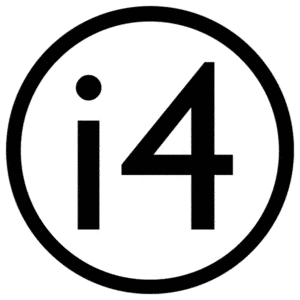We cannot defy the universal law of gravity like flying super heroes do, so why do we think we can violate Little’s law and still not kill our ROI on organizational projects? Little’s law is just as fundamental to our organizational ROI as is gravity within our universe.
Little’s law states that the number of items we have in progress divided by the average processing rate, tells us how long it will take to deliver any new item in the system. If we replace “item in the system” with projects and/or initiatives, it says that when we reduce the number of projects and/or initiatives in our system, we accelerate the completion of projects/ initiatives. So, why don’t we apply this fundamental law of work physics in our project portfolios? Why do most of our project portfolios look like rush hour traffic, where every project back from two years ago is still work in progress? What I have observed is that in most cases, there is a lack of quantifiable prioritization of projects and the ability to “just say no” to taking on any new projects. Also, not knowing how to communicate and align with other stakeholders (Business and IT) on what priority means. When this happens, everything is important and the justification is made that “we need to show we are making progress on everything, or everything is important.” When you truly understand the negative impacts to ROI by working this way, which is increasing lead times on all projects, you would most likely think twice about letting this happen. By not hyper-focusing on the highest priority project and completing it before picking up the next one, you incur additional costs related to change over time, context switching time, transport and hand-off time, communication channel management time, requirements churn and aging, and many others. Without a disciplined priority system in place, timelines on everything gets extended, value delivery is restricted and more costs are being incurred. Kinda like you being stuck in rush hour traffic. This is not the approach of a lean-agile portfolio process, which optimizes your ROI numbers.
In SAFe, we have a great solution to this priority challenge, which is called the Weighted Shortest Job First Method (WSJF). This is a priority system built into the SAFe framework geared towards obtaining the highest economic outcomes on delivering work items. To learn more about how to get all stakeholders to agree on a common prioritization method like WSJF, come join one of our Scaled Agile Framework certification classes.

